Bijker, W.E., and J. Law, eds. 1994. Shaping Technology/Building Society: Studies in Sociotechnical Change. Cambridge: MIT Press.
Bunn, M. 2007. “Troubled Disposition: Next Steps in Dealing with excess Plutonium.” Arms Control Today 37. April. https://www.armscontrol.org/act/2007-04/features/troubled-disposition-next-steps-dealing-excess-plutonium
Cliff, D., H. Elbahtimy, and A. Persbo. 2011. Irreversibility in Nuclear Disarmament Practical steps against nuclear rearmament. Verification Research, Training and Information Centre. https://www.vertic.org/media/assets/Presentations/Irreversibility_Launch_Presentation.pdf
Code of Federal Regulations. 1985. “Part 191—Environmental Radiation Protection Standards for Management and Disposal of Spent Nuclear Fuel, High-Level and Transuranic Radioactive Wastes.” Federal Register 50 (182). https://www.ecfr.gov/current/title-40/chapter-I/subchapter-F/part-191
DOE (Department of Energy). 2015. Accident Investigation Report: Radiological Release Event at the Waste Isolation Pilot Plant, February 14, 2014. Department of Energy. https://www.energy.gov/ehss/articles/accident-investigations-february-14-2014-radiological-release-waste-isolation-pilot
DOE (Department of Energy). 2024. Waste Isolation Pilot Plant Delaware Basin Monitoring Annual Report. Department of Energy. https://wipp.energy.gov/Library/RES/LATA_24-100_Enclosure-2023_Delaware_Basin_Monitoring_Annual_Report_FINAL.pdf
EIA (Energy Information Administration). 2024. Permian Production Forecast Growth Driven by Well Productivity, Pipeline Capacity. Energy Information Administration. https://www.eia.gov/todayinenergy/detail.php?id=62884
EPA (Environmental Protection Agency). 2022. “Criteria for the Certification and Recertification of the Waste Isolation Pilot Plant’s Compliance With the Disposal Regulations: Recertification Decision.” Federal Register 87 (85). https://www.federalregister.gov/documents/2022/05/03/2022-09209/criteria-for-the-certification-and-recertification-of-the-waste-isolation-pilot-plants-compliance
Feder. T. 1999. “DOE Opens WIPP for Nuclear Waste Burial.” May. Physics Today.https://pubs.aip.org/physicstoday/article-abstract/52/5/59/410751/DOE-Opens-WIPP-for-Nuclear-Waste-Burial?redirectedFrom=PDF
Fuller, J.G. 1975. We Almost Lost Detroit. New York: Reader’s Digest Press.
GAO (US Government Accountability Office). 2017. “Plutonium Disposition: Proposed Dilute and Dispose Approach Highlights Need for More Work at the Waste Isolation Pilot Plant.” US Government Accountability Office. https://www.gao.gov/products/gao-17-390
Hart, M.J., N.F. Brown, M.J. Rokey, H.J. Huslage, J.D. Castron-Bran, N.Y. Lao, R.J. Duphily et al. 2015. Plutonium Disposition Study Options Independent Assessment: Phase 2 Report. Washington: National Nuclear Security Administration. https://www.energy.gov/sites/prod/files/2018/02/f49/Plutonium_Disposition_Phase_2_TOR_082015_FINAL%5B1%5D.pdf
Hinton, J.P.. R.W. Barnard, D.E. Bennett, R.W. Crocker, M.J. Davis, H.J. Groh, E.A. Hakkila et al. 1996. Proliferation Vulnerability Red Team Report. Albuquerque: Sandia National Laboratories. https://fissilematerials.org/library/doe96c.pdf
Hunter, D.E., R.T. Hutton, M. Breen, P.F. Bronson, W.A. Chambers, G.A. Davis, D.S Disraelly et al. 2019. Independent Assessment of the Two-Site Pit Production Decision: Executive Summary. Institute for Defense Analyses. https://www.ida.org/-/media/feature/publications/i/in/independent-assessment-of-the-two-site-pit-production-decision-executive-summary/d-10711.ashx
IAEA (International Atomic Energy Agency) 1988. Advisory Group Meeting on Safeguards Related to Final Disposal of Nuclear Material in Waste and Spent Fuel. International Atomic Energy Agency. https://inis.iaea.org/collection/NCLCollectionStore/_Public/19/101/19101685.pdf
IPFM (International Panel on Fissile Materials). 2015. Global Fissile Material Report 2015: Nuclear Weapon and Fissile Material Stockpiles and Production. International Panel on Fissile Materials. https://fissilematerials.org/library/gfmr15.pdf
Keller, G.R., J.M. Hills, and R. Djeddi. 1980. “A Regional Geological and Geophysical Study of the Delaware Basin, New Mexico and West Texas.” In New Mexico Geological Society Guidebook, 31st Field Conference, Trans-Pecos Region, edited by P.W. Dickerson, J.M. Hoffer, and J.F. Callender. Socorro: New Mexico Geological Society. https://nmgs.nmt.edu/publications/guidebooks/downloads/31/31_p0105_p0111.pdf
Krumhansl, J.L., H.W. Papenguth, P.C. Zhang, J.W. Kelly, H.L. Anderson, and J.O.E. Hardesty. 1999. “Behavior of MgO as a CO2 Scavenger at the Waste Isolation Pilot Plant (WIPP), Carlsbad, New Mexico.” MRS Online Proceedings Library608 (155). https://link.springer.com/article/10.1557/PROC-608-155
Lyman, E.S., and Feiveson, H.A. 1998. “The Proliferation Risks of Plutonium Mines.” Science & Global Security 7 (1). https://scienceandglobalsecurity.org/archive/sgs07lyman.pdf
Mongiello, R., Finch, R., and Baldwin, G. 2013. Safeguards Approaches for Geological Repositories: Status and Gap Analysis. Albuquerque: Sandia National Laboratories.
NASEM National Academies of Science, Engineering, and Medicine 2020. Review of the Department of Energy’s Plans for Disposal of Surplus Plutonium in the Waste Isolation Pilot Plant. Washington,: The National Academies Press. https://nap.nationalacademies.org/catalog/25593/review-of-the-department-of-energys-plans-for-disposal-of-surplus-plutonium-in-the-waste-isolation-pilot-plant
OTA (US Congress Office of Technology Assessment).1993. Technologies Underlying Weapons of Mass Destruction. Washington:Government Printing Office. https://ota.fas.org/reports/9344.pdf
Perkovich, G. 1993. “The Plutonium Genie.” Foreign Affairs 72 (3). https://www.jstor.org/stable/20045629
Perrow, C. 2011. Normal Accidents: Living with High Risk Technologies. Princeton: Princeton University Press. https://press.princeton.edu/books/paperback/9780691004129/normal-accidents?srsltid=AfmBOooKzny1w4Z4BV2hvQvxFOcnNzNvqEISByMjp0tby77kAeX8nxU5
Pinch, T.J., and W.E. Bijker. 1984. “The Social Construction of Facts and Artefacts: or How the Sociology of Science and the Sociology of Technology might Benefit Each Other.” Social Studies of Science 14 (3). https://journals.sagepub.com/doi/10.1177/030631284014003004
Seredkin, M., A. Zabolotsky, and G. Jeffress. 2016. “In Situ Recovery, an Alternative to Conventional Methods of Mining: Exploration, Resource Estimation, Environmental Issues, Project Evaluation and Economics.” Ore Geology Reviews 79. https://www.sciencedirect.com/science/article/abs/pii/S0169136815300937
Tracy, C. 2023. “Disposal, Destruction and Disarmament: Comparative Analysis of US Chemical Weapon and Weapons Plutonium Stockpile Reductions.” Central European Journal of International and Security Studies 17 (1). https://www.cejiss.org/disposal-destruction-and-disarmament-comparative-analysis-of-us-chemical-weapon-and-weapons-plutonium-stockpile-reductions
Tracy, C.L. and R.C. Ewing. 2022. “Mining for the Bomb: The Vulnerability of Buried Plutonium to Clandestine Recovery.” Science & Global Security 30 (3). https://www.tandfonline.com/doi/full/10.1080/08929882.2022.2164407
US Congress. 1979. Public Law 96-164: An Act to Authorize Appropriations for the Department of Energy for National Security Programs for Fiscal Year 1980, and for Other Purposes. US Congress. https://www.congress.gov/96/statute/STATUTE-93/STATUTE-93-Pg1259.pdf
US House of Representatives. 2001. H. Rept. 107-258: Making Appropriations for Energy and Water Development for the Fiscal Year Ending September 30, 2002, and for Other Purposes. US House of Representatives. https://www.govinfo.gov/content/pkg/CRPT-107hrpt258/html/CRPT-107hrpt258.htm
Van Luik, A., R. Patterson, and G. Kirkes. 2015. “Influencing Future Exploratory Drilling Rates–A Potential Approach for the Waste Isolation Pilot Plant.” Paper presented at the WM2015 conference, Phoenix, Arizona. March. https://archivedproceedings.econference.io/wmsym/2015/119.html
von Hippel, F.N., and M. Takubo. 2020. “Global Stocks of Separated Plutonium – Stalled on the Path to Elimination.” Science & Global Security 28 (3). https://scienceandglobalsecurity.org/archive/2020/12/global_stocks_of_separated_plu.html
Warren, J.K. 2016. Evaporites: A Geological Compendium: Second Edition. Springer. https://link.springer.com/book/10.1007/978-3-319-13512-0

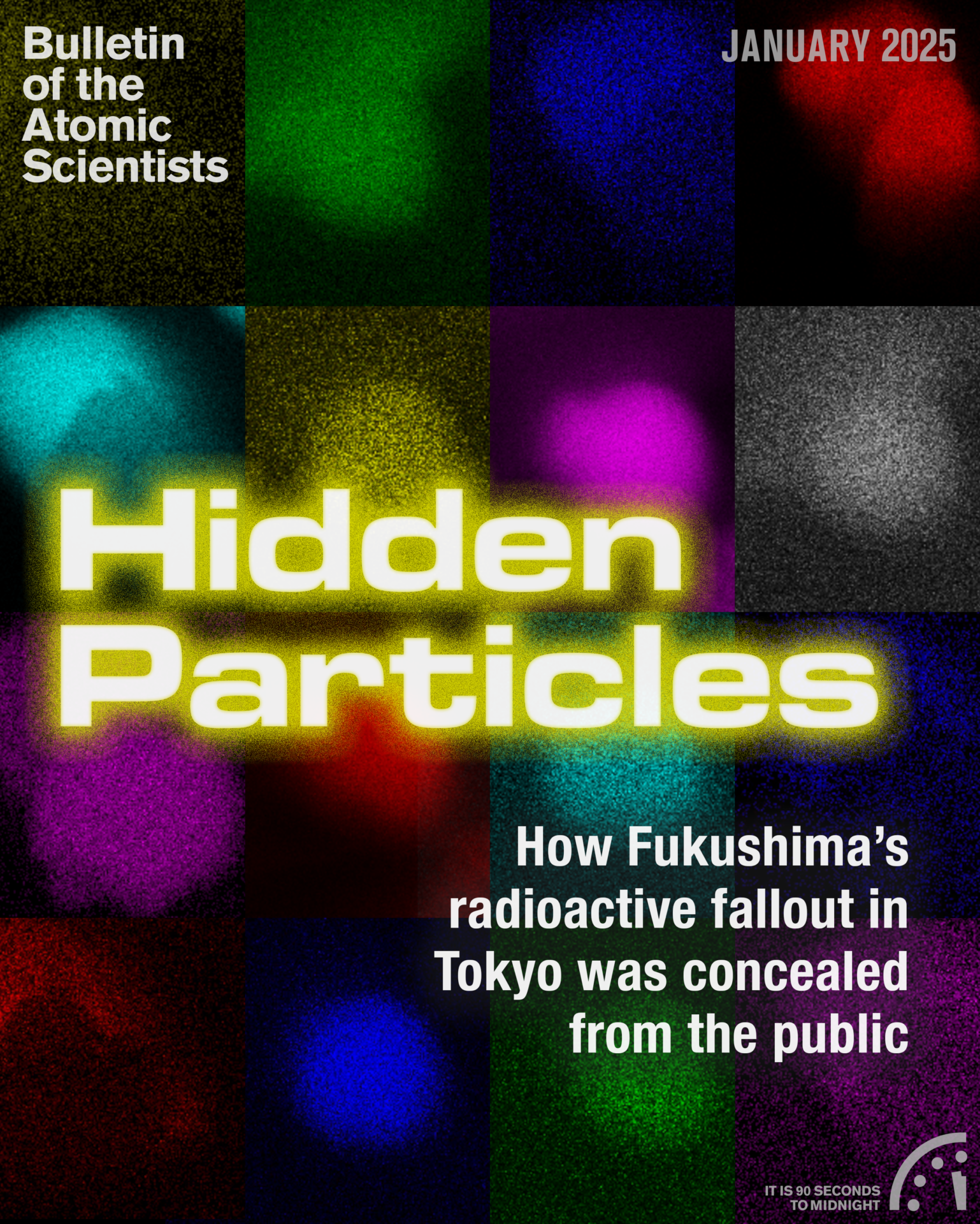
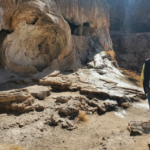

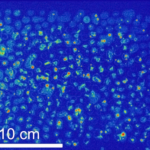
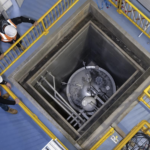

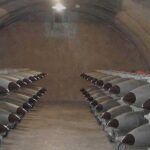





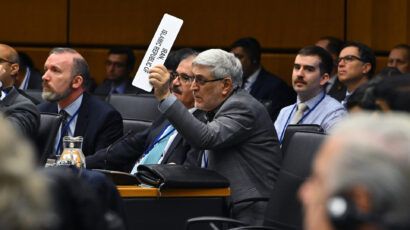
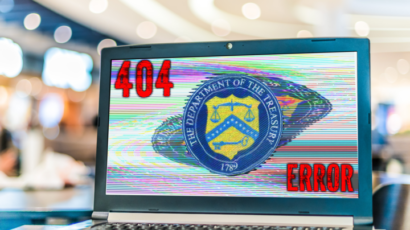


Why so shallow? 650 metres is by far not enough. Why not drill a hole 5 km or deeper? Nothing will come back from this depth until this part of the earth’s crust is consumed by the mantle in a subduction zone.
This is yet another compelling reason to stand against the reactivation and construction of new commercial power reactors. Our ballooning energy demands for A.I. and other data centers, coupled with the push for “clean” energy, comes with a critical challenge: the irretrievable disposal of plutonium.Commercial power reactors inevitably generate plutonium as part of their waste. The question we must ask ourselves is whether the ultimate security of plutonium disposed at the NM Waste Isolation Pilot Plant (WIPP) really matters if all reactors, including commercial ones, continue to churn out this super dangerous element. If our collective goal is to rid… Read more »
WIPP was originally designed for SNF–and a lot more plutonium than what we are discussing herein. That included building a hot cell to unload SNF from casks. The political deal to get it built was to remove SNF disposal from the goals of the repository. The basic safety case is simple, not enough water in the basin to dissolve a significant fraction of the salt. Any solution mining approach has the problem that salt is soluble and most plutonium not soluble. If your going to recover, its mine shaft strategy. We will need multiple repositories but most for heavy metal… Read more »
give president Musk the idea of putting it on one of his rockets and send it to the sun for disposal. **rolls eyes**
with repugnantcon state legislatures, like my state of Texas, firmly on board the anti-green power (wind/solar) it would be a tough sale to get them to take green energy seriously as they look to nuclear power for their solution. Nuclear is not the way forward for energy need.